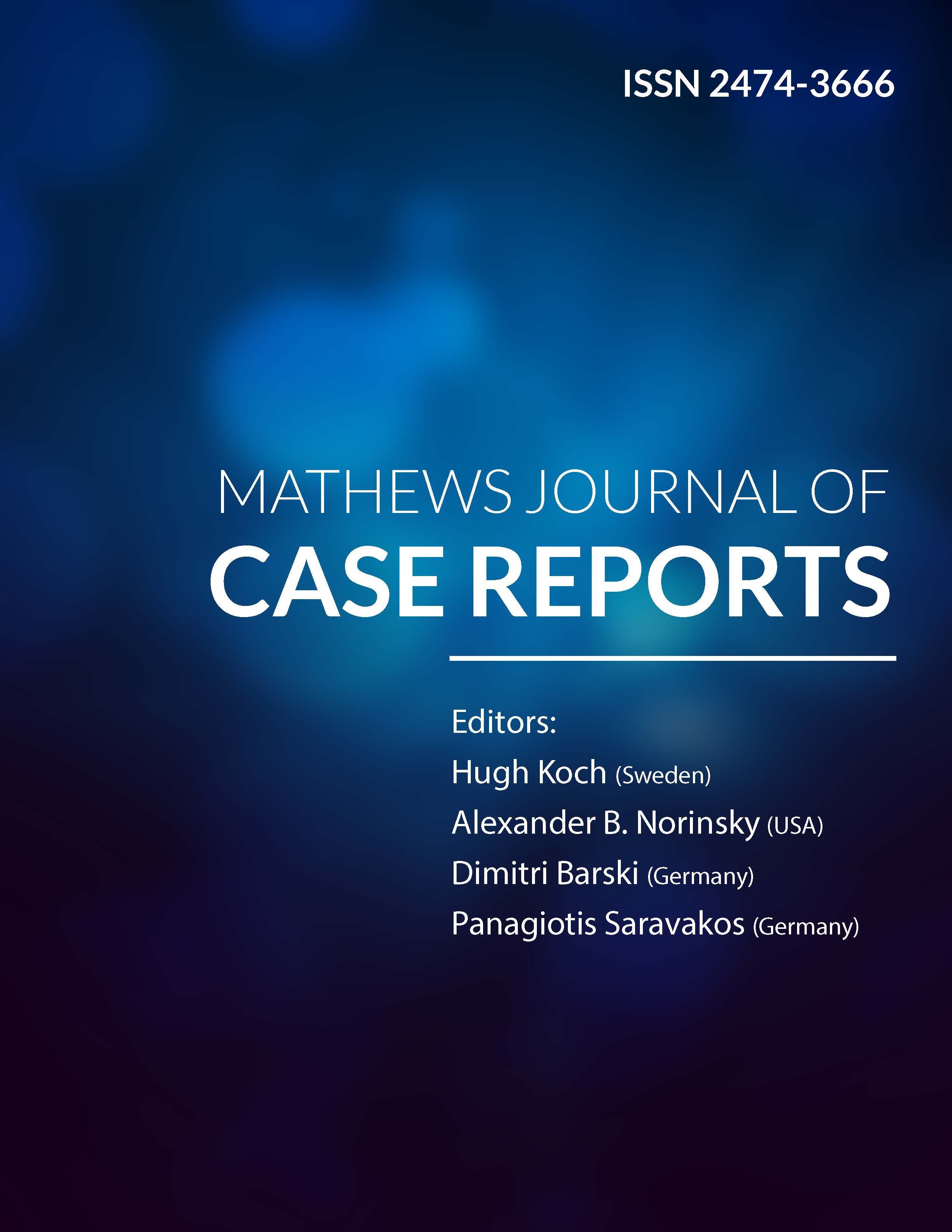
Information Links
Previous Issues Volume 8, Issue 5 - 2023
Acute Pericarditis with Movable-Weaning Phenomenon (Yasser’s Phenomenon) and Variant T-Wave in Underlying Repolarization Pattern-Interpretation and Differentiation
Yasser Mohammed Hassanain Elsayed*
Critical Care Unit, Kafr-El-Bateeck Central Hospital, Damietta Health Affairs, Egyptian Ministry of Health (MOH), Damietta, Egypt
*Corresponding Author: Yasser Mohammed, Critical Care Unit, Kafr-El-Bateeck Central Hospital, Damietta Health Affairs, Egyptian Ministry of Health (MOH), Damietta, Egypt, Email: [email protected]
Received Date: March 23, 2023
Publication Date: April 18, 2023
Citation: Elsayed YMH, et al. (2023). Acute Pericarditis with Movable-Weaning Phenomenon (Yasser’s Phenomenon) and Variant T-Wave in Underlying Repolarization Pattern-Interpretation and Differentiation. Mathews J Case Rep. 8(5):105.
Copyright: Elsayed YMH, et al. © (2023)
ABSTRACT
Rationale: This case study aimed to clarify the association and interpretation of acute pericarditis with the Movable-weaning phenomenon (Yasser’s phenomenon) and variant T-wave in the underlying repolarization pattern. So, how would you manage this case? Acute pericarditis is a fatal cardiovascular disorder hallmarked by pericardial inflammation. Varieties of ECG signs can be revealed in acute pericarditis. Hypocalcemia is a renowned remarkable electrolyte imbalance associated with calcium deficiency. The Movable-weaning phenomenon or Yasser’s phenomenon is a novel electrocardiographic phenomenon in hypocalcemia. It is a guide for both Wavy triple or double electrocardiographic signs. Electrocardiographic Wavy triple sign (Yasser’s sign) of hypocalcemia is a new diagnostic sign reported in 97.3% of hypocalcemia. Differentiation of the benign form from the malignant one of early repolarization is a diagnostic keystone. Malignant early repolarization may be accompanied by idiopathic ventricular fibrillation and sudden cardiac death. An upright highest T-wave in V2 and 3 leads may be considered a normal variant in young. Patient concerns: This is a retrospective-observational case study. A young-aged worker heavy smoker married Egyptian male patient was admitted to the intensive care unit with acute severe chest pain and acute pericarditis. Diagnosis: Acute pericarditis with Movable-weaning phenomenon (Yasser’s phenomenon) and variant T-wave in underlying repolarization pattern. Interventions: Electrocardiography and echocardiography. Outcomes: Despite there are serious probable expected outcomes but piecemeal spectacular clinical and electrocardiographic improvements had happened. Lessons: Diversity of electrocardiographic signs of acute pericarditis with Movable-weaning phenomenon or Yasser’s phenomenon and repolarization pattern are newly described. An upright highest normal variant T-wave in V2 and 3 leads may be help in differential diagnosis. The presence of a repolarization pattern has a prognostic value in this case. Viral infection may be implicated in the current acute pericarditis.
Keywords: Pericardial diseases, New signs and phenomena in ECG, Hypocalcemia, Tetany, Electrical changes in ECG
ABBREVIATIONS
AMI: Acute myocardial infarction; CAS: Coronary artery spasm; CBC: Complete blood count; ECG: Electrocardiography; ICU: Intensive care unit; NSR: Normal sinus rhythm; O2: Oxygen; SGOT: Serum glutamic-oxaloacetic transaminase; GPT: Serum glutamic-pyruvic transaminase; STEMI: ST-segment elevation myocardial infarction; VR: Ventricular rate